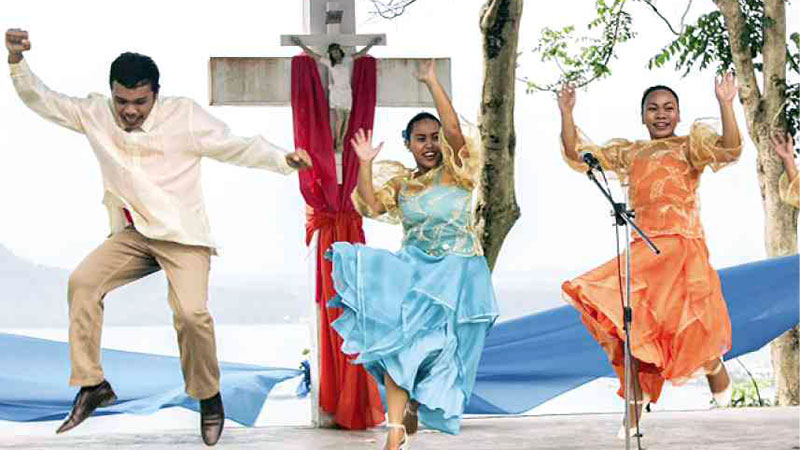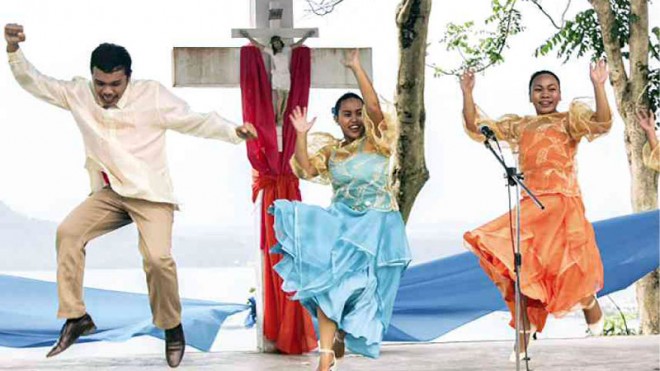
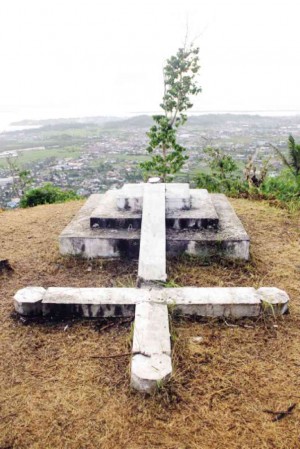
Originally planned as a cultural celebration of indigenous people in November last year, the annual Dayaw has shifted its focus to crafting programs for healing and recovery of Super Typhoon “Yolanda” survivors.
Organized by the National Commission for Culture and the Arts (NCCA) and the Leyte-Samar Heritage Society Inc (LSHSI), an arts-as-healing event was held April 20-21 in Eastern Visayas.
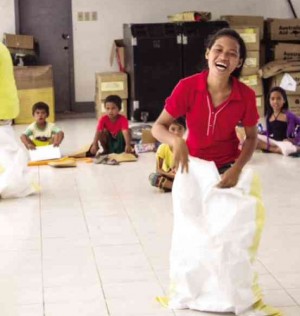
“We want to create a community-based program; the performers should be local and speak the language and know the culture,” LSHSI head Leo Almeria said. “It was a program for Yolanda survivors by Yolanda survivors.”
The Dayaw program in Tacloban had two parts: Dayaw ha Pagbanhaw and Dayaw para sa Kalibotan.
Dayaw ha Pagbanhaw was held at Mount Fatima in Leyte last Easter Sunday. It was considered a pilgrimage climb. Participants must tread the mountain through a large staircase of over 600 steps.
The climb has a total of 14 stops, each represented by a Station of the Cross. The last station is found at the summit.
The activity kicked off with a Mass and a food reception for the locals, followed by musical recitals, dances and poetry readings.
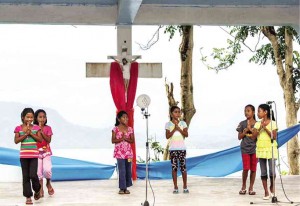
The performers were the Leyte Kalipayan Dance Company Rondalla, San Jose Padayon Kita Kids, Anibong Padayon Kita Youth, Nemecio Baldesco, Harold Mercurio, Janis Claire Salvacion, Hermie Sanchez and Butz Eguia.
The University of the Philippines An Balangaw Performing Arts Group made the crowd dance and sing to traditional Visayan songs.
The second part, Dayaw para sa Kalibotan, was held at UP Tacloban the next day, which also coincided with Earth Day.
The program kicked off with a performance art by UP professor Dulce Cuna-Anacion as artworks depicting Yolanda were flashed in the background.
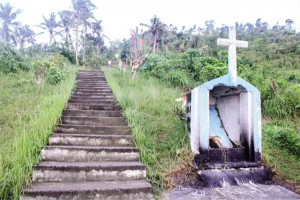
Other locals who performed were the St. Paul’s Chorale, Leyte Normal University-Sirang Theater Ensemble, Doms Pagliawan, Rex Makabenta and blind musicians of Art Ramasasa.
The campus served as a venue for the psychosocial therapy of the children affected by Yolanda as well. Art workshops and party games served as outlets for the children to vent their anxiety.
A reforestation project for mangroves was also organized in the Alibongan district of Tacloban. Locals said the mangroves that served as their barrier from the storm winds were destroyed by Yolanda. If not for the mangroves, more people would have died.
Challenges
Dayaw director Joycie Dorado-Alegre said organizing the event was difficult because the organizers were “Yoland” survivors themselves.

“There were also other volunteers recruited who moved out of Eastern Visayas to tend to their loved ones, reducing our manpower,” Alegre said.
“Mobilization is difficult, and we have very little time to move as we have to go home before dark,” Alegre noted.
Public vehicles stop operations from 6 p.m. onward.
“We had no clear template of Dayaw for healing and recovery, so we had to do many things for the first time and see if it worked well,” he added.
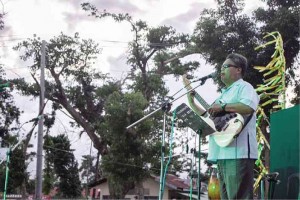
Despite the challenges, Almeria said that one of the factors that made the event successful was the autonomy given to the organizers.
“We decided to get volunteers who were locals because they knew the culture, needs and the connections needed for the program to be a success. We were just overseers,” he said.
Alegre said NCCA was working with local government units (LGU) affected by natural disasters in crafting programs for the benefits of the survivors.
“As for us, we will stay here to continue documenting Yolanda narratives, organizing art workshops for healing, and continuing our advocacy on culture and climate change,” he said.

